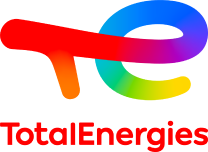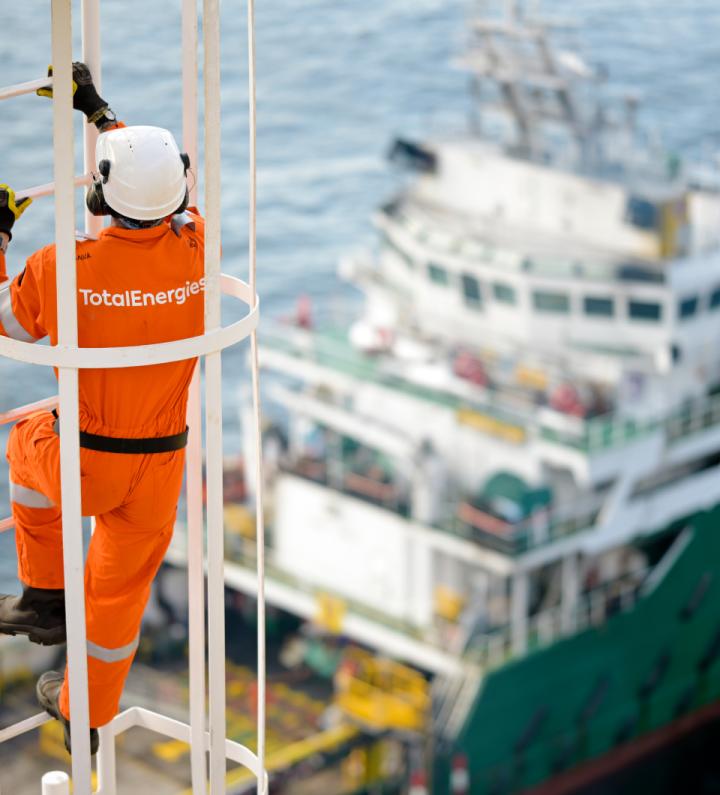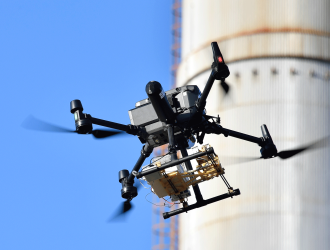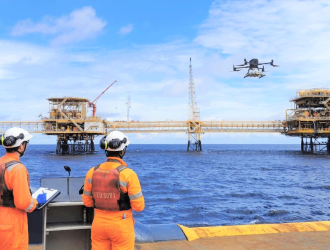12/05/2024
During the COP28 Conference in December 2023, TotalEnergies and 49 other oil and gas companies signed up to the Oil & Gas Decarbonization Charter (OGDC) with the goal of accelerating efforts to decarbonize the industry. The pathways that have been identified to realize the Charter's ambitions include eliminating routine flaring and aiming for near-zero upstream methane emissions by 2030. One year after its launch, the OGDC has been joined by five new members and now represents 45% of the global oil production. Its first baseline report, which provides an essential platform for prioritizing actions and tracking the progress achieved by the signatories, was unveiled on the sidelines of COP29 Conference. As a co-champion of the OGDC, Patrick Pouyanné looks back at this milestone and reaffirms TotalEnergies’ commitment to helping the industry move forward in reducing its greenhouse gas emissions.















